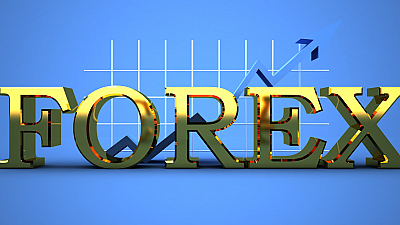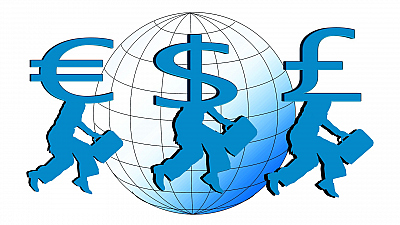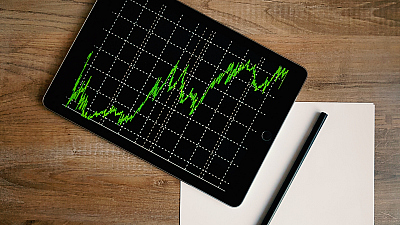The economic calendar gives information about the scheduled data releases and events related to the financial markets. They can affect the prices, so fundamentalists always keep a watchful eye on the calendar.
Traders use the data to plan future trades or protect open ones.
The economic calendars are available throughout the internet, though it is important to note, that some focus on a certain area of interest and do not show all pending events. Nevertheless, there are websites that have very well-developed economic calendars, and there are even those, where you can customize a calendar of your own.
The calendars focus mainly on the scheduled releases of different economic reports.
These are interest rate decisions, regular reports from the central banks, weekly jobless claims, latest non-farm payroll numbers, etc.
There can be more than a dozen different events on a given day.
The economic calendar includes information about the hour of release (mind the time zone), the currency that is associated to this particular report, the previous, forecasted and the actual figures.
For convenience the reports are ranked, according to their influence and importance to the financial markets.
The ranking style may vary depending on the website, but typically the events are divided into three groups.
⇒ Minor events are expected to have minimal or no influence on the markets. These are marked as “Low” meaning “Low impact” and can be presented by 1 (of 3) dots, or 1 (of 3) stars, or a color (e.g. blue).
⇒ Events that may influence the prices to some extend are marked as “Medium” and have 2 (of 3) dots, 2 (of 3) stars or a color (e.g. yellow).
⇒ The most important events that are expected to have significant impact on the prices are marked as “High”, 3 (of 3) stars or 3 (of 3) dots and usually the color red.
Traders should pay attention to Medium ranked events and be on the alert for any moves in the markets. What they must never underestimate are the High ranked events. They often enough lead to volatile movements, regardless of whether the data comes out above, below, or in line with the market expectations.
As traders are aware of the volatility preceding these events, they may take measures to reduce their risk by canceling their pending orders and managing their open orders. This may lead to a drop in the market liquidity and sudden moves may be more likely to occur.
It may take some time before the price settles and chooses a direction.
Knowing the economic calendar means more trading opportunities and less risk.
Every trader should take the time to go through it every day so that he knows what’s ahead and get prepared.




